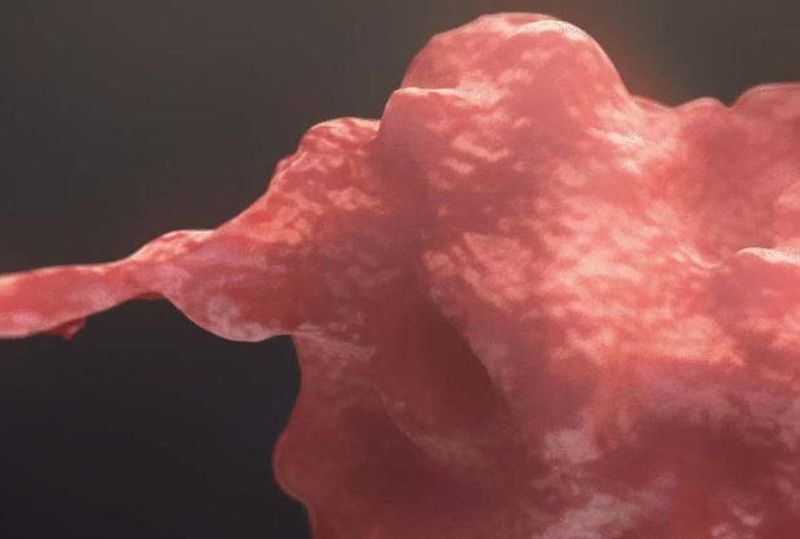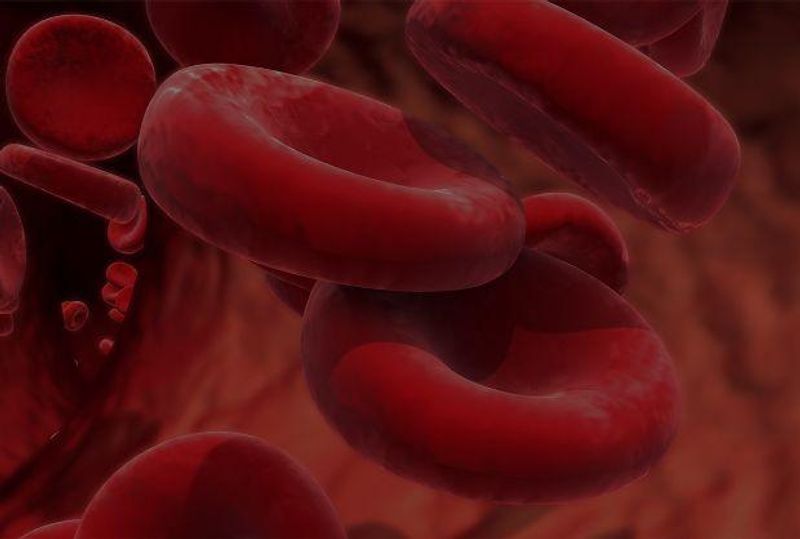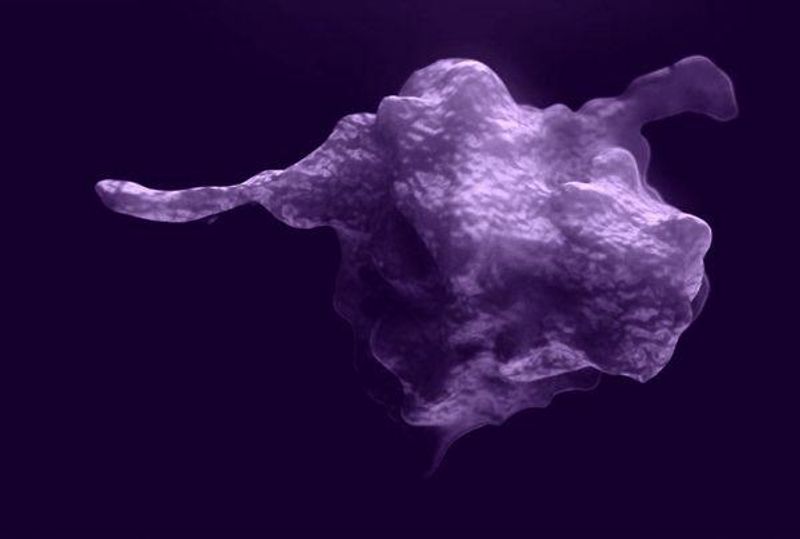For Hemophilia Heroes

A new wave of innovation in hemophilia R&D is cresting, bringing a future of treatments that could help people with this rare blood disorder live the lives they choose. We asked leading hematology researcher Ekta Seth Chhabra and hemophilia expert Jennifer Dumont to look back on the moments that changed their field, and ahead to what’s next.

Making hemophilia treatments safer and longer lasting
“One of the biggest moments in the history of hemophilia was when freeze-dried, plasma-derived concentrates became available in the 1970s,” said Jenny Dumont, Senior Medical Director. “These enabled home care and self-administration for patients, which was a huge advancement for the field.”
Tragically, in the 1980s, many people with hemophilia were treated with contaminated products and became infected with HIV and/or hepatitis C. Lives were lost, and many suffered long-term health effects. “It was a very dark time in hemophilia treatment, and a turning point for both patient advocacy and science,” said Dumont.
Recombinant DNA
When advances in DNA technology gave rise to recombinant products in the 1990s, it was a game changer. “Patients were no longer dependent on clotting factors derived from human blood. Recombinant products are safer because they carry a much lower risk of transmitting infectious diseases,” said Distinguished Scientist Ekta Seth Chhabra.
Recombinant clotting factors offered people with hemophilia a safer alternative to replacement factors derived from donated blood. Infusing these treatments regularly at home helped stave off bleeds. The result: life expectancy increased by decades, approaching that of the general population.
We are heading toward a time when people with hemophilia will have a wide range of treatment options—together with their physician, they will be able to choose what’s best for them based on their own needs and how they want to live their lives. The field has really made amazing progress, and that’s really exciting to see for patients and their families.

Jenny Dumont
Senior Medical Director
Advanced protein engineering
But nature designed clotting-factor proteins to be relatively short-lived, so people with hemophilia needed to infuse clotting factors frequently. Then, in 2014, a new kind of recombinant clotting factor emerged. Advanced protein engineering gave rise to blood clotting factors that stay in circulation for much longer. That meant that many people required fewer infusions per week.
But not all people with hemophilia can benefit from the extended half-life replacement factors. That’s why our teams have been exploring new approaches.
No one-size-fits-all treatment for hemophilia
“When it comes to hemophilia, there is no one-size-fits-all treatment,” said Seth Chhabra. “Even brothers who share the same mutated gene can require different types of treatments at different times.”
Seth Chhabra’s team is collaborating with biopharmaceutical company Sobi to conduct clinical studies of a higher-protection, longer-lasting therapy for people who have hemophilia A without inhibitors (antibodies that attack replacement factors). It’s designed to break through the von Willebrand ceiling: the limit on how long blood-clotting factor VIII remains in circulation.
This investigational therapy is based on a uniquely engineered fusion protein made up of different components that are molecularly stitched together into a single unit. The journey to engineering this fusion protein was neither quick nor easy: Seth Chhabra and her colleagues tried more than 400 iterations before landing on this one.
The ability to not think about this disease, to not worry about it every single day, would really be a game changer.

Ekta Seth Chhabra
Distinguished Scientist
Hemophilia and siRNA technology
Another project underway at Sanofi involves small interfering RNA (siRNA) technology. We’re investigating how siRNA could help rebalance the network of proteins in the blood responsible for clotting. For people with hemophilia, the lack of factor VIII or factor IX in this network tips the balance toward bleeding.
siRNA technology may make it possible to tip the scale in the other direction—toward clotting—by rebalancing one of the anticoagulant proteins, called anti-thrombin. This approach doesn’t replace what's missing. Instead, it’s designed to help rebalance the blood-clotting network. This is an innovative approach to developing therapeutics for people with hemophilia. This technology could even work in people with hemophilia who have inhibitors that cause their body to reject factor-based treatments.
The goal: To live without constant worry
“We’re heading toward a time when patients will have a wide range of treatment options–together with their physician, they will be able to choose what’s best for them based on their own needs and how they want to live their lives," said Dumont. "The field has really made amazing progress, and that’s really exciting to see for patients and their families."
“It’s important to realize that hemophilia doesn’t just affect individual patients, it affects entire families,” said Seth Chhabra. “Imagine teaching your kid how to give themselves an intravenous injection. Or trying to remember if you infused your child before you left for work. The ability to not think about this disease, to not worry about it every single day, would really be a game changer.”
Explore more

Restoring Balance in the Blood

Hemophilia: Our Approach to New Therapeutics
